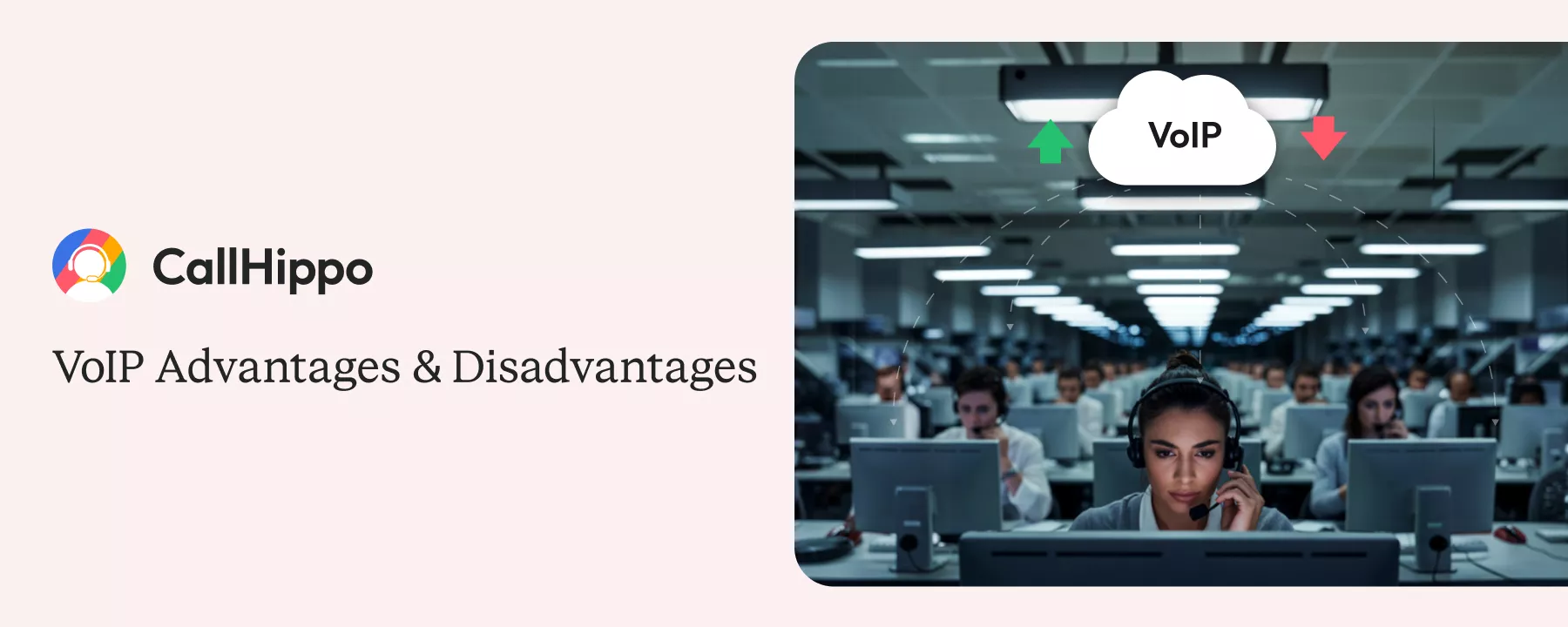Customers don’t just buy products; they buy experiences. And those...


Customers don’t just buy products; they buy experiences. And those...

As businesses and individuals seek efficient, cost-effective ways to stay...

Calling someone in the US can be simple only when you know the right US prefix...

To most people or businesses, making an international call can sometimes feel...

Modern businesses and their customers are far different than what they were a...

Once you hit send on a regular text in healthcare, you've lost control over...

Imagine this, your London supplier needs confirmation on the shipment date....

Between 2024 and 2028, the projected trend for smartphone users in Argentina...

Want to expand your business to Turkey and need to conduct frequent business...

With over 5.5 billion people worldwide now using the Internet, representing...





